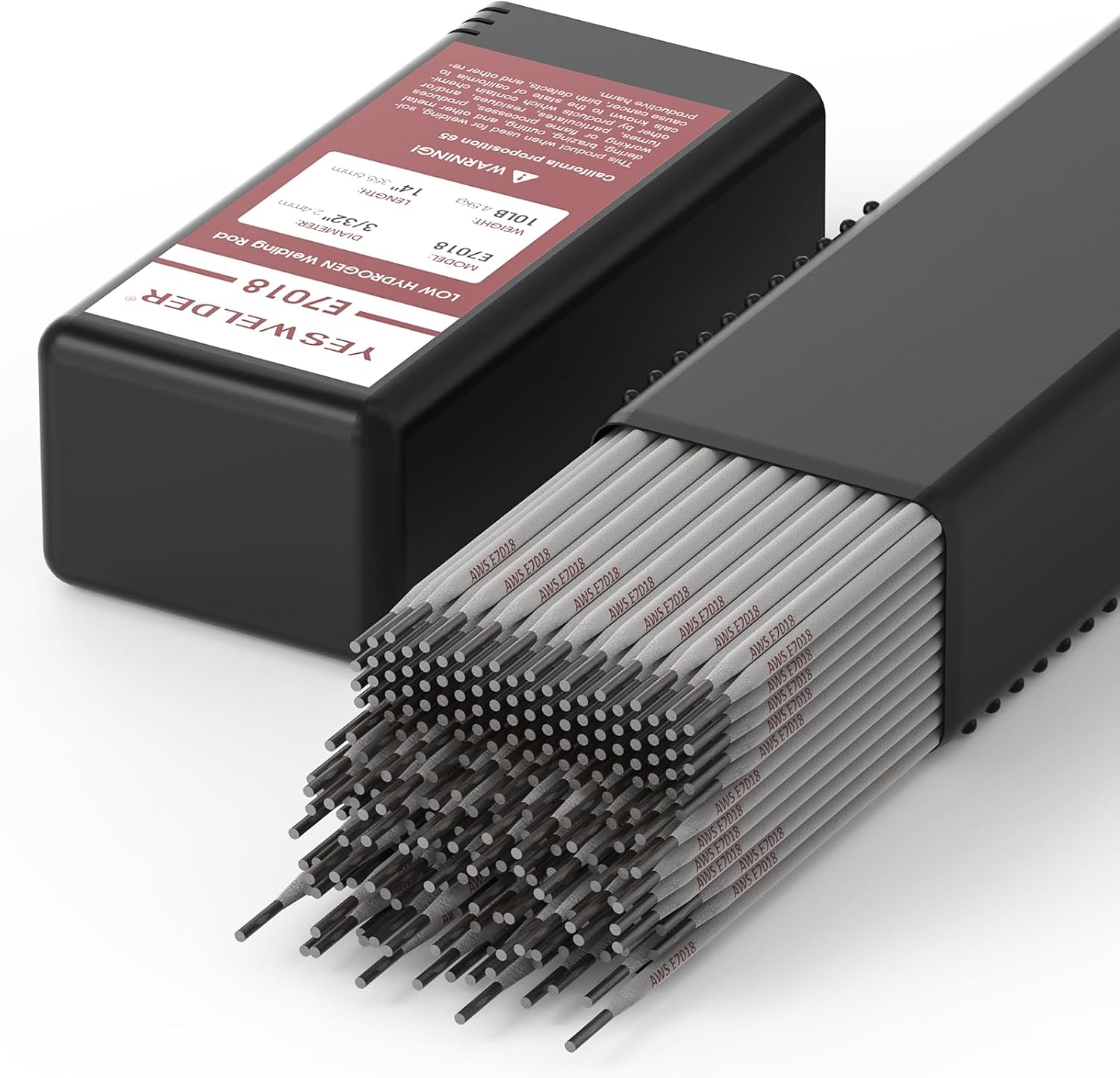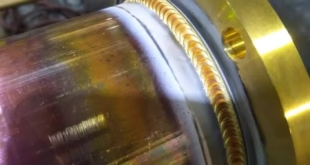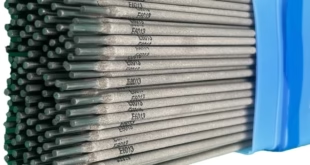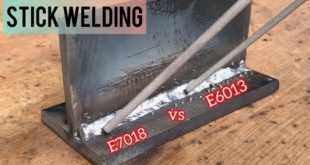Welding Rod Amperage 7018
Welding is a skill that involves joining metal parts using heat. Selecting the appropriate welding rod and amperage setting is crucial for producing strong, durable welds. The 7018 welding rod is a popular choice among welders for its strength, versatility, and ease of use. However, understanding the correct amperage to use with this rod is essential to achieve optimal results. This article will explore the specifics of the 7018 welding rod, the importance of amperage, and how to ensure the best weld quality.
What is a 7018 Welding Rod?
The 7018 welding rod is an all-position, low-hydrogen electrode. It’s called “7018” because of specific properties associated with it:
- 70: Indicates a tensile strength of 70,000 psi (pounds per square inch).
- 1: Represents its ability to weld in all positions (flat, horizontal, vertical, and overhead).
- 8: Indicates a low-hydrogen flux with an iron powder coating that enhances the rod’s usability and produces smooth welds.
The 7018 rod is commonly used in construction, structural steel work, and pipeline welding due to its strong, ductile welds that resist cracking. The low-hydrogen characteristic is particularly beneficial for reducing the risk of hydrogen-induced cracking, which can compromise the integrity of the weld.
Understanding Welding Amperage
In welding, amperage refers to the strength of the electric current flowing through the welding circuit. It’s a critical factor that influences the heat generated, penetration, and overall quality of the weld. Here’s a breakdown of its significance:
- Heat Generation: Amperage directly impacts the amount of heat produced during welding. Higher amperage generates more heat, which is essential for welding thicker materials.
- Penetration: Higher amperage allows for deeper penetration into the base metal, ensuring a stronger bond. Lower amperage, on the other hand, is suitable for thinner materials that don’t require as much penetration.
- Weld Quality: Selecting the right amperage ensures that the weld pool is manageable, minimizes spatter, and reduces the chances of defects like undercutting or burn-through.
A correct amperage setting is vital to avoid issues like lack of fusion (when the weld metal fails to fuse properly with the base metal) and excessive spatter, both of which can weaken the weld.
Recommended Amperage Range
The recommended amperage range for the 7018 rod depends on the rod’s diameter. Here’s a quick reference guide:
- 1/8 inch (3.2 mm): 90-150 amps
- 3/32 inch (2.4 mm): 70-120 amps
- 5/32 inch (4.0 mm): 120-200 amps
- 3/16 inch (4.8 mm): 150-250 amps
Other factors to consider include:
- Material Thickness: Thicker materials require higher amperage to ensure proper penetration.
- Welding Position: Overhead and vertical welds may require slightly lower amperage within the recommended range to control the heat and avoid sagging.
How to Set the Correct Amperage
Setting the correct amperage for your 7018 rod involves several steps:
- Determine the Rod Diameter: Select a diameter that suits your welding application and material thickness.
- Reference the Machine’s Guide: Most welding machines have a chart or guide that recommends amperage settings for different rod sizes.
- Start Within the Recommended Range: For instance, if you’re using a 1/8 inch rod, start around 100 amps and adjust as necessary.
- Test and Adjust: Run a test weld on scrap material. Observe the arc and weld bead. If the arc is weak and unstable, increase the amperage. If the arc is too intense and causes excessive spatter, reduce the amperage.
Effects of Incorrect Amperage
Using incorrect amperage can lead to a variety of welding problems:
- Too Low Amperage: Results in inadequate penetration, weak welds, and potentially a lack of fusion. Visually, you’ll notice a narrow, ropey bead with little melting into the base metal.
- Too High Amperage: Can cause burn-through, excessive spatter, and a weld pool that is difficult to control. The weld may appear excessively wide and flat, with signs of undercutting at the edges.
Both high and low amperage settings can weaken the weld and compromise its structural integrity. Recognizing these signs is essential for adjusting your settings and improving weld quality.
Benefits of Using the Right Amperage
Setting the correct amperage for a 7018 rod has several benefits:
- Improved Weld Quality: Correct amperage settings create cleaner, more visually appealing welds with fewer defects.
- Increased Productivity: Proper settings reduce rework, as welds are more likely to meet quality standards on the first pass.
- Consistency Across Positions: Adjusting for amperage helps ensure reliable results in all welding positions, from flat to overhead.
Using the correct amperage can also reduce wear on welding equipment and improve the lifespan of consumables by minimizing excessive heat and spatter.
Tips for Mastering 7018 Rod
Mastering the correct amperage for 7018 rods takes practice, but here are some tips to help:
- Experiment Within the Range: Different materials and positions may require minor adjustments. Don’t be afraid to tweak the settings until you find the sweet spot.
- Listen to the Arc: A steady, soft buzz indicates good settings. Crackling or popping suggests incorrect amperage.
- Watch for Heat: As amperage increases, so does the heat. Ensure adequate ventilation and take breaks to avoid overheating both the material and yourself.
FAQs
What happens if I use too low an amperage on a 7018 rod?
A low amperage setting can result in poor penetration and a weak weld, which may fail under stress.
Can I use a 7018 rod with a DC or AC welding machine?
Yes, 7018 rods work well with both AC and DC machines. However, many welders prefer DC for a more stable arc.
What is the ideal amperage range for vertical welds with 7018 rods?
Vertical welds with 7018 rods typically require amperage on the lower end of the recommended range to control the weld pool and prevent sagging.
How does electrode diameter impact the choice of amperage?
Larger diameters require higher amperage to penetrate the material properly, while smaller diameters are better suited to lower amperage to avoid burning through the metal.
Is it possible to weld aluminum with a 7018 rod?
No, the 7018 rod is specifically designed for ferrous metals like steel. Aluminum requires specialized rods and different techniques, such as TIG welding.
Conclusion
Understanding and properly setting the amperage for 7018 welding rods is essential for producing strong, reliable welds. By selecting the correct amperage, you can achieve deeper penetration, reduce weld defects, and improve your overall productivity. Mastering this skill will lead to more consistent and professional-looking results in your welding projects.
 Welding of Welders All about Welding and Welders
Welding of Welders All about Welding and Welders




